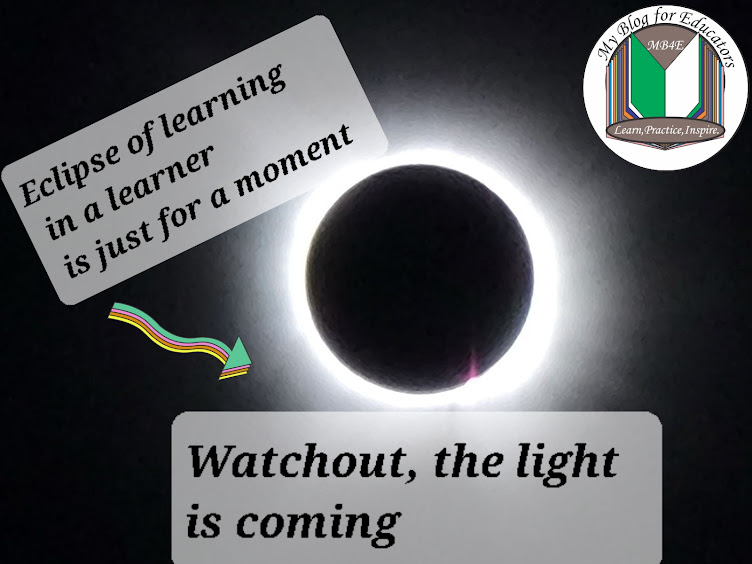Teacher burnout is real.It is a killer. Fight it positively with everything you got.Refill,Relax and Reconnect with yourself. It won't cost you much.Be intentional about rest.
Teacher burnout is a serious issue that can have detrimental effects on both educators and their learners. It is essential to recognize the signs of burnout and proactively take steps to combat it.
Refill: Take time to engage in activities that rejuvenate and replenish your energy. Find hobbies or interests outside of work that bring you joy and help you recharge.
Relax: Practice self-care and stress management techniques. This may include mindfulness, deep breathing exercises, , or any other relaxation methods that work for you. Prioritize your mental and physical well-being.
Reconnect with yourself: Reflect on your purpose, passion, and goals as an educator. Remember why you chose this profession and the positive impact you can make. Engage in self-reflection to ensure your work aligns with your values and interests.
Set boundaries: Establish clear boundaries between work and personal life. Create a schedule that allows for dedicated time for relaxation, hobbies, and spending time with loved ones. Avoid bringing work-related stress home.
Seek support: Reach out to colleagues or support networks within your school or educational community. Share your experiences and concerns with others who can offer empathy and understanding. Collaborating with colleagues can also provide a sense of camaraderie.
Delegate and prioritize: Learn to delegate tasks when possible and focus on the most important responsibilities. Avoid taking on too much at once and be realistic about what you can achieve within a given timeframe.
Take breaks: Incorporate regular breaks throughout the day to recharge. Step away from the classroom or workspace, even if only for a few minutes. Use this time to stretch, take a short walk, or engage in a brief mindfulness exercise.-use your break for its purpose
Practice gratitude: Remind yourself of the positive aspects of your job and express gratitude for the opportunities you have. Focus on the progress and growth you witness in your learners, as well as the impact you make in their lives.Embrace God and his goodness over your life irrespective.
9. Pursue professional development: Continue to learn and grow in your field. Seek out workshops, conferences, or online courses that can enhance your teaching skills or introduce you to new strategies. This can reignite your passion for teaching.Do not allow yourself to expire. Constantly upgrade your capacity and ensure your cups runs over.Be a life long learners(checkout one of our episodes)
10. Be intentional about rest: Prioritize rest as a vital component of your overall well-being. Get sufficient sleep each night and listen to your body's needs. Additionally, plan regular vacations and time off to disconnect from work and recharge.
Remember, combating teacher burnout is an ongoing process. By implementing these strategies and being intentional about self-care, you can better equip yourself to handle the demands of teaching and maintain a healthy work-life balance.
Check out one of our episodes








